10 Beautiful Ways to Use Lavender in Your Garden
Lavender is a popular choice for gardeners who want to add color and fragrance to their outdoor spaces. This versatile plant works well in many types of garden designs. Its soft purple flowers and pleasant scent create a relaxing atmosphere. Lavender is also easy to care for, making it a great option for both beginners and experienced gardeners. We will explore some brilliant ideas for using lavender to create a dreamy garden.
This post may contain affiliate links, which helps keep this content free. Please read our disclosure for more info.
Lavender Border Walkways
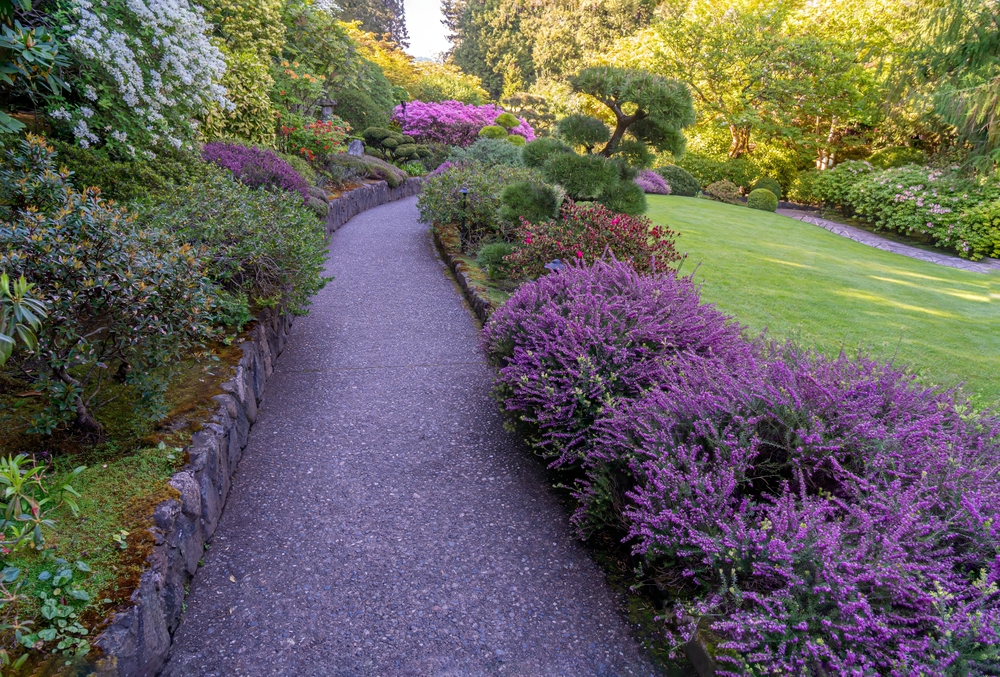
Using lavender plants along walkways creates a fragrant and inviting path. The soft purple blooms add color and texture while guiding visitors through the garden. Lavender’s drought tolerance makes it perfect for lining paths in sunny spots. Regular pruning keeps the border neat and encourages fuller growth.
Lavender borders also attract pollinators like bees and butterflies. This adds life and movement to your garden. The scent releases gently when brushed, enhancing the sensory experience. Lavender borders can define garden spaces while remaining low-maintenance.
Raised Beds
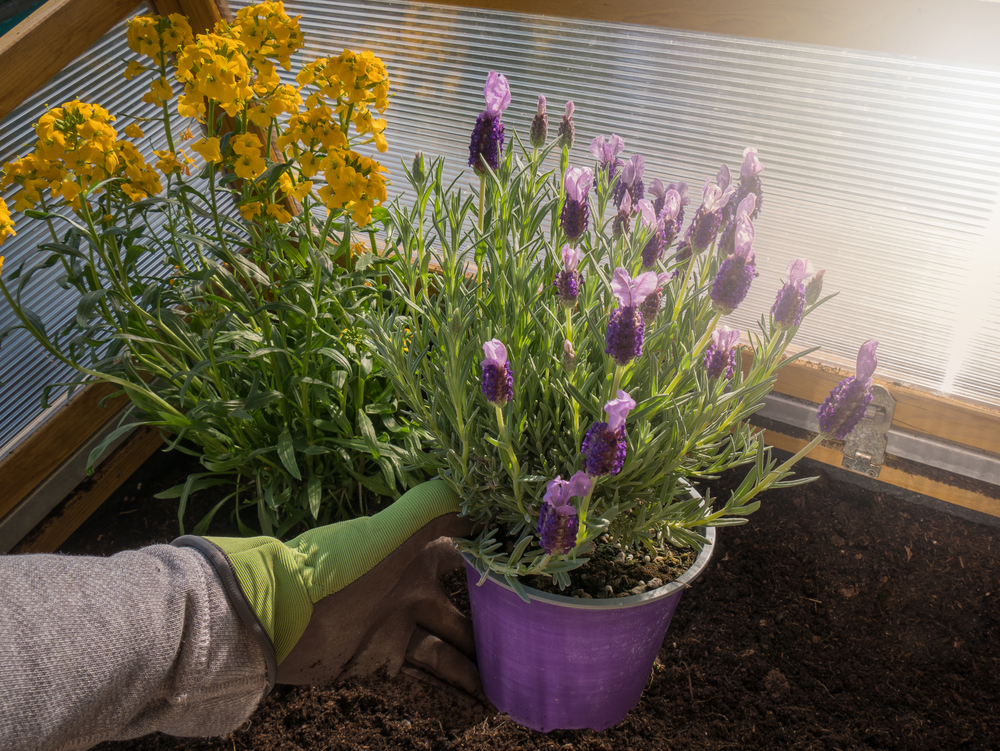
Raised beds filled with lavender provide excellent drainage, which the plant prefers. The elevated structure allows you to control soil quality more easily. Lavender thrives in well-drained, slightly alkaline soil, making raised beds ideal. Raised beds also create a focused area for showcasing lavender’s beauty.
These beds can be designed in various shapes to add visual interest. They offer easier access for pruning and harvesting flowers. Raised lavender beds are perfect for small or urban gardens. Their height makes the plants more visible and fragrant.
Mixed Flower Beds
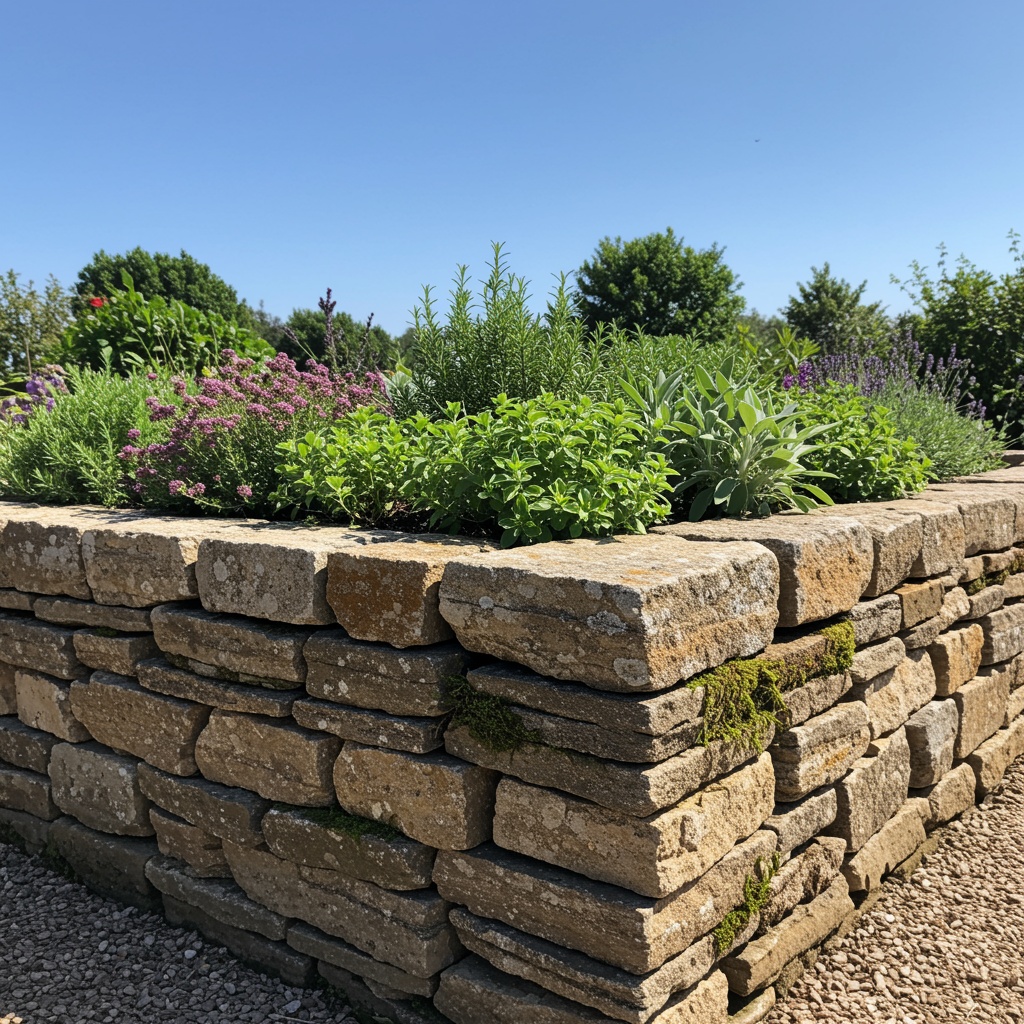
Combining lavender with other drought-tolerant plants adds diversity and charm. Plants like rosemary, sage, and ornamental grasses pair well with lavender’s color and texture. This mix provides continuous blooms and varying heights throughout the seasons. Lavender’s strong scent can help repel pests in mixed beds.
Mixing plants also improves soil health and attracts a wider range of pollinators. Consider contrasting colors to highlight lavender’s purple hues. Choose plants with similar water needs to keep care simple. A mixed bed creates a natural and inviting garden area.
Lavender Hedge
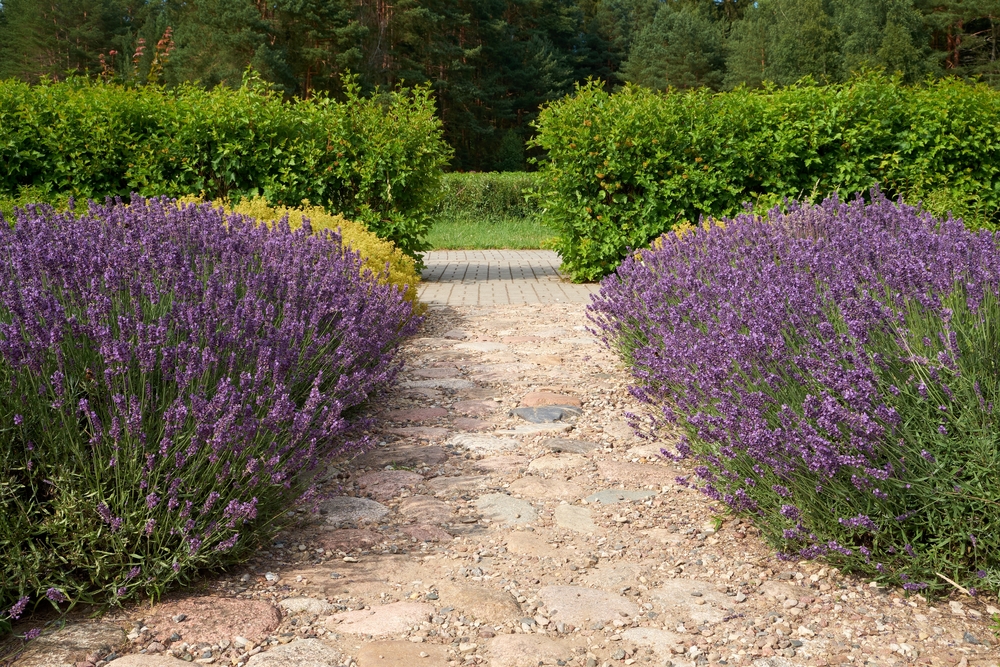
A lavender hedge offers a soft and fragrant alternative to traditional shrub hedges. When planted closely, lavender creates a dense barrier that adds privacy and beauty. This hedge works best in full sun and well-drained soil. Regular trimming maintains its shape and promotes flowering.
Lavender hedges provide a sensory experience with their scent and texture. They can mark garden boundaries without feeling harsh or rigid. This type of hedge attracts bees, supporting local pollinators. A lavender hedge is both functional and visually appealing.
Lavender in Containers
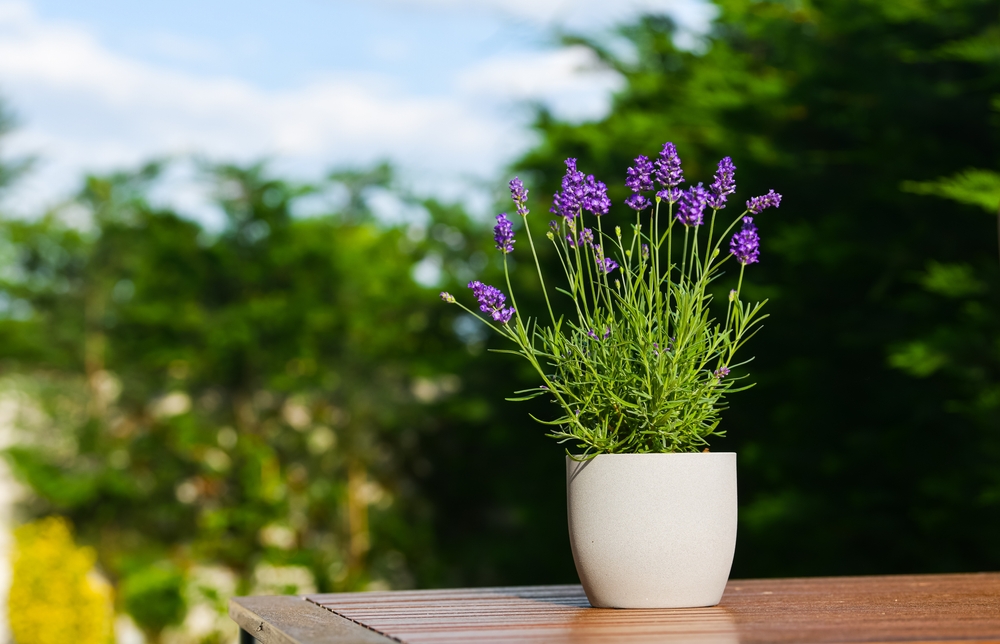
Growing lavender in containers is a flexible option for patios or small spaces. Containers allow for better soil control and drainage, which lavender needs. Choose pots with drainage holes and use sandy or gritty soil. Containers can be moved to follow the sun or protect plants from harsh weather.
Lavender in pots also works well for adding fragrance near seating areas. Container gardening makes lavender accessible to those with limited garden space. Regular watering and pruning keep container lavender healthy. This method lets you enjoy lavender’s beauty up close.
Lavender Ground Cover
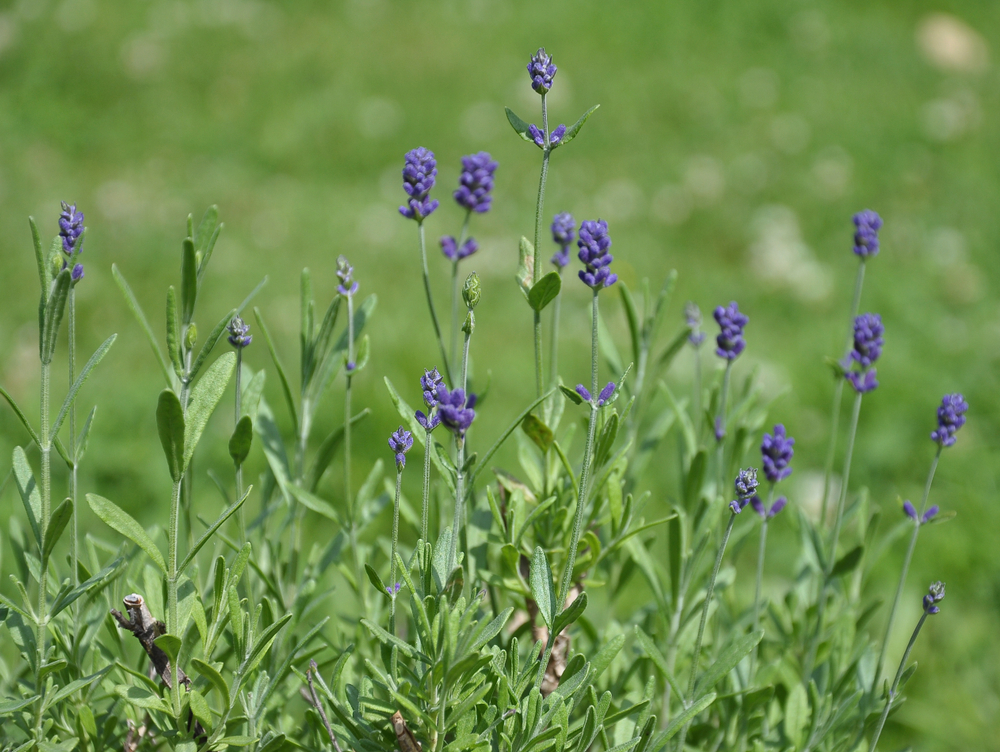
Using low-growing lavender varieties as ground cover can fill empty spaces beautifully. These plants spread to create a carpet of purple blooms and green foliage. Ground cover lavender helps suppress weeds and retains soil moisture. It works best in sunny, well-drained areas.
Ground cover lavender adds color without needing much maintenance. It is ideal for slopes or difficult areas where grass struggles. The flowers attract bees and butterflies, enhancing biodiversity. This idea brings softness and fragrance to wide garden spaces.
Lavender and Stone Garden
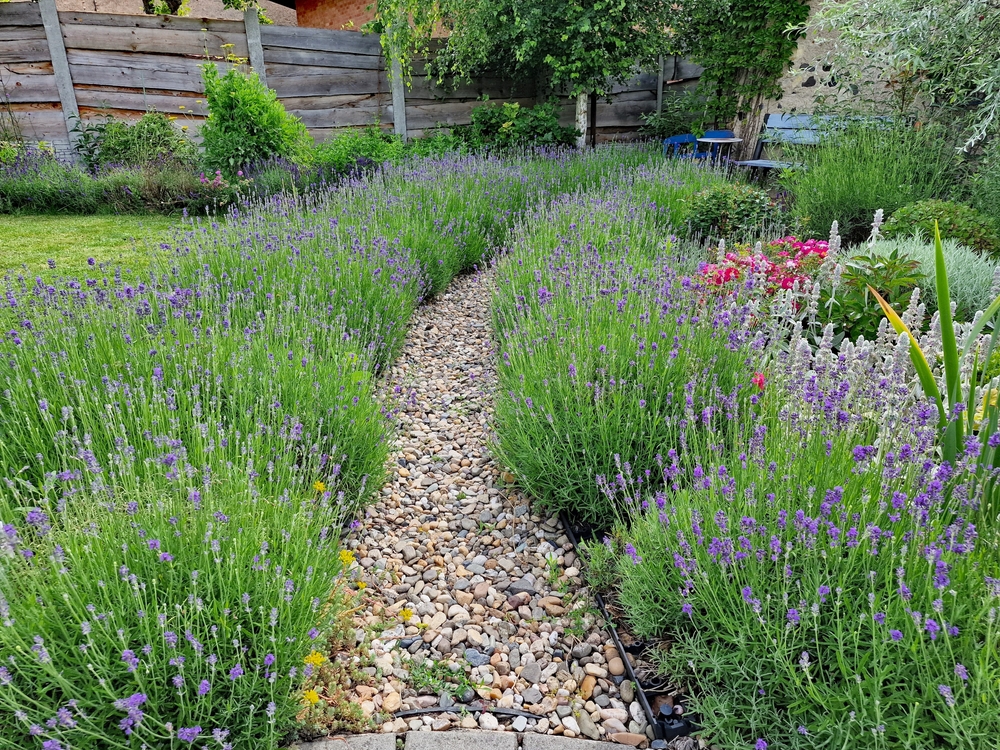
Pairing lavender with natural stone elements creates a rustic and timeless garden look. Stones provide good drainage and contrast with lavender’s soft flowers. This combination suits dry climates and Mediterranean-style gardens. Stone pathways, walls, or rock gardens highlight lavender’s beauty.
The stones also help retain heat, benefiting lavender growth. This design is low maintenance and visually interesting year-round. Stones protect roots and prevent soil erosion. Lavender’s purple blooms stand out against the neutral stone background.
Lavender and Herb Garden
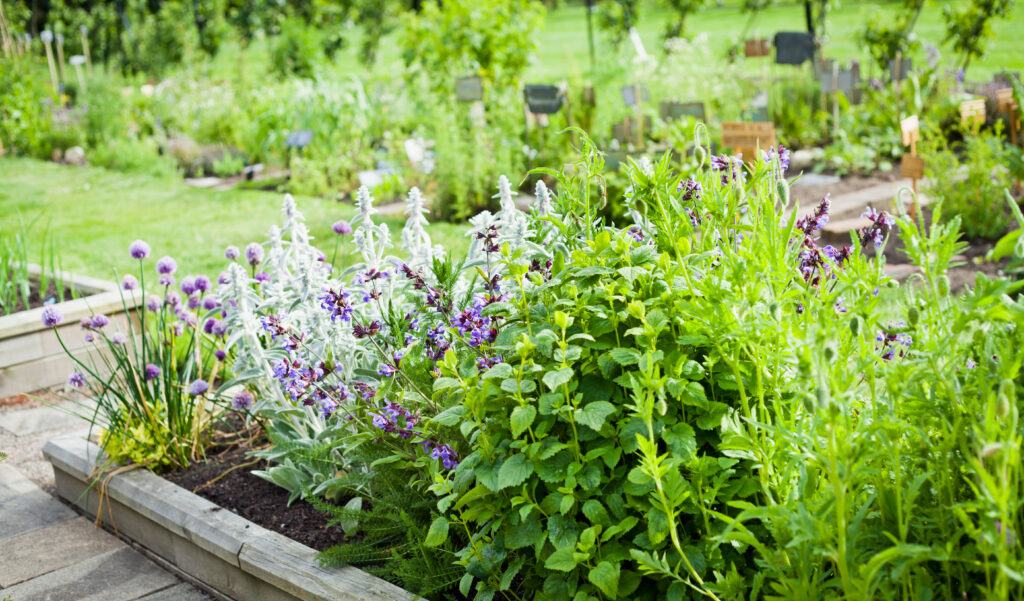
Incorporating lavender into an herb garden adds color and fragrance to useful plants. Lavender complements herbs like thyme, oregano, and basil both visually and aromatically. It attracts beneficial insects that help control pests on edible plants. Lavender’s drought tolerance matches many Mediterranean herbs’ needs.
Herb gardens with lavender offer a multi-sensory experience for cooking and relaxing. The flowers can be harvested for culinary or craft uses. Planting lavender nearby can improve the overall health of the herb bed. This idea blends beauty with function in the garden.
Water Features
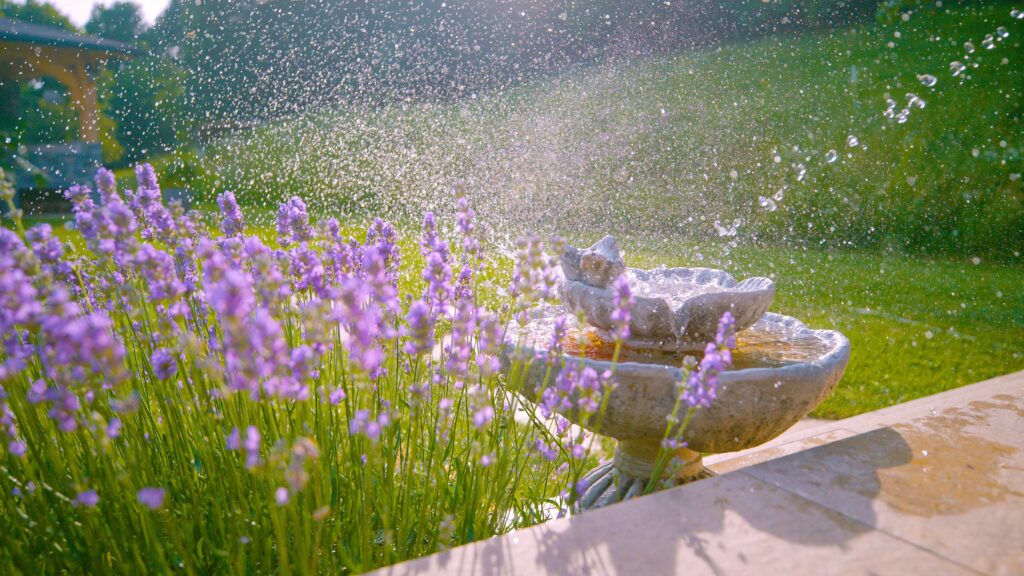
Adding lavender around water features softens the look and adds scent to the area. Lavender’s sturdy stems stand well against fountains or ponds. Its flowers attract pollinators that enjoy the moisture nearby. Choose varieties that tolerate occasional splashes without waterlogging.
The combination of sound, scent, and color creates a peaceful garden spot. Lavender near water offers contrast with lush plants and reflective surfaces. This setup invites relaxation and meditation. Regular pruning keeps lavender tidy around the feature.
Path Edging
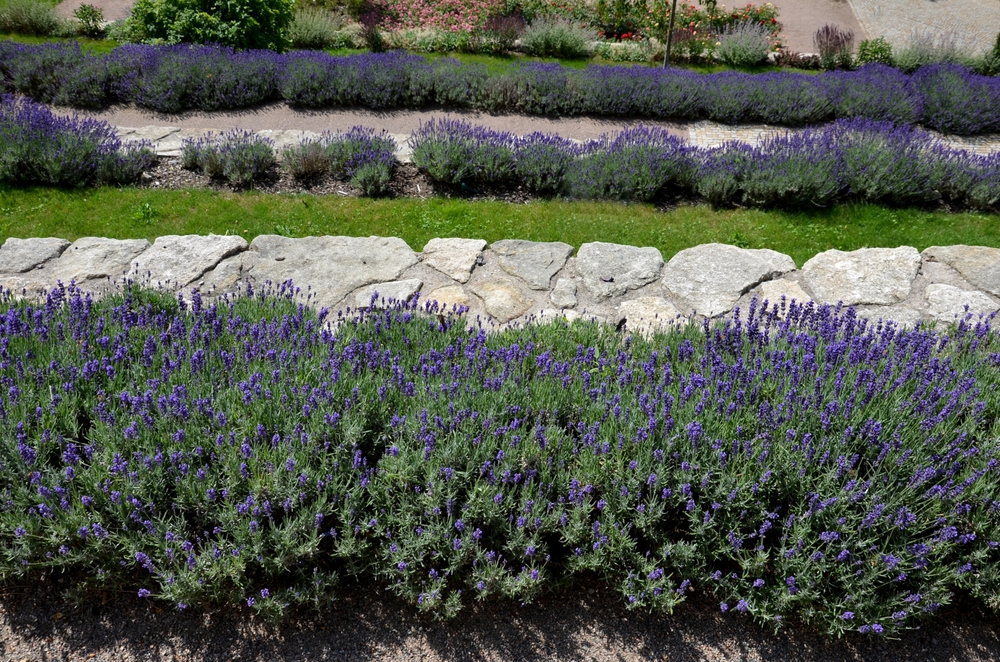
Using lavender to edge garden paths offers a fragrant and colorful border. The plants create a natural line that defines walkways without hard materials. Lavender’s compact growth habit suits narrow edges and curves. Walking by releases a soothing scent that enhances the garden experience.
Path edging with lavender draws attention and encourages visitors to explore the garden. It is low maintenance and long-lasting with proper care. This idea works well with gravel, stone, or mulch paths. Lavender edging adds charm and function to garden design.
There are many ways to use this fragrant plant to bring color and scent to your garden. Its adaptability fits well with different landscaping styles and garden sizes. Thoughtful planting can turn outdoor spaces into relaxing and welcoming retreats. These ideas offer simple methods to enjoy the beauty and fragrance all year long.
This article originally appeared on Avocadu.
